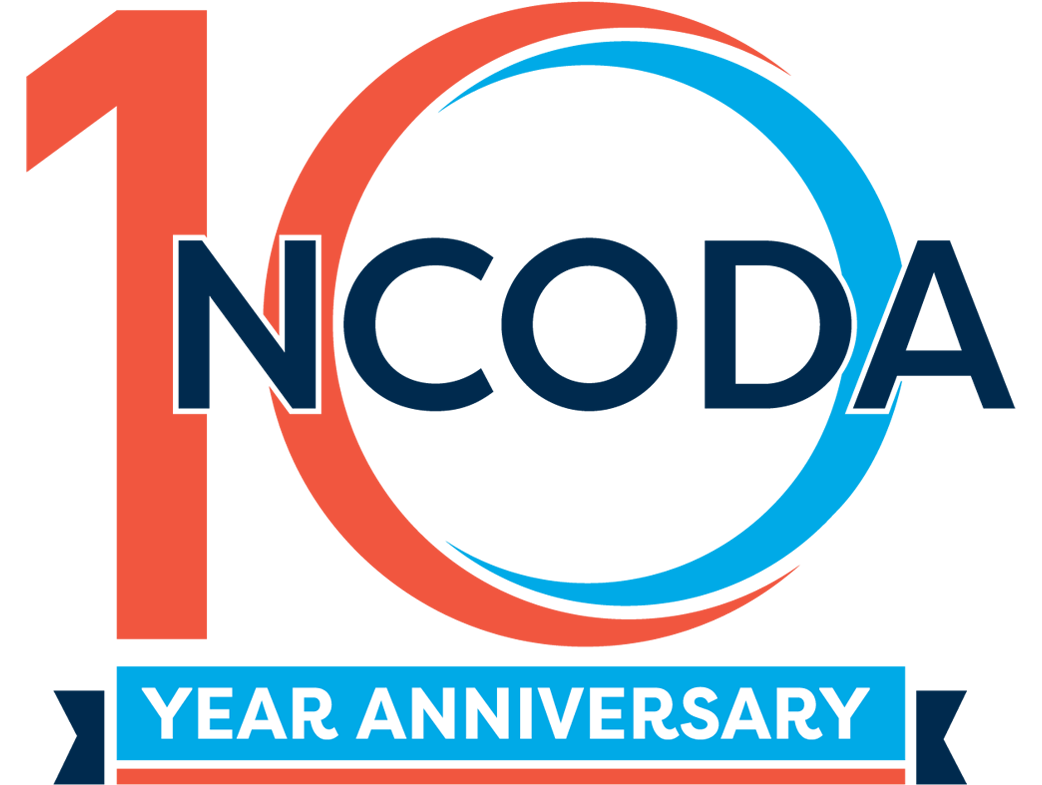2026 International Spring Forum
April 15, 2026 | 12:00 PM EST
Navigating a Cancer Journey with Communication and Coordination
Published Date: August 14, 2025
Share

NCODA Editorial Team
Published: August 14, 2025
One of the critical factors in providing optimal patient care is having a team that can collaborate seamlessly, bringing together the wide range of skillsets needed to deliver positive outcomes. Alabama Oncology has become one of the largest, private, community-based providers of cancer care services in Alabama while successfully managing a balance to remain deeply connected and close to the community and patients they serve. Members of their team joined us for a conversation on their perspectives on the medically integrated pharmacy model and their journey.
Phillip Lawrence, PharmD, serves as their director of pharmacy services, Seth Ary, PharmD is their pharmacy manager, and Melanie Daily, CPhT is operations manager and patient advocate.
Help us understand how Alabama Oncology adopted the MIP model and how it has evolved for you.
Phillip – Alabama Rx was started in 2015 and that was our kickoff here as a pharmacy supporting Alabama Oncology. During the first several years, we built out care plans and worked on accreditation. I’d say that over the years we’ve continued to focus on refinement and improvements that really focus on the right drug, right diagnosis to meet every patient’s situation and ensure the most effective pathway for each of them.
What do you view as the key benefits delivered by an MIP model?
Seth – Building of relationships is absolutely one of the advantages that we have when comparing against national specialty pharmacies for example. Our patients can call us directly and know the person they are working with, our team knows each of our patients and that contributes to their comfort.
Phillip – I know what patients go through when they have to call in and they don’t ever get the same person. They should be able to contact people that know their situation and their care, particularly cancer patients. I think that enhanced value proposition is really, really important in my mind. Having worked in other environments where that wasn’t the case provides me with the opportunity to see the difference. In prior roles, as an example, I couldn’t take certain steps that might have been optimal, but systems required a series of other steps and routing of calls versus a personal relationship.
The provider and care team are advocates for our pharmacy team. The full care team is on the same page and working together. The patient sees that trust, and that helps them feel more comfortable.
One of the key focuses and differentiators you mentioned is your patient advocacy and support. What do you do differently from some of the larger pharmacy providers across the country?
Melanie – Patient care is our absolute number one priority which includes things like a direct phone line to our pharmacy team, clear communication, patient education commitments to ensure they understand every step of the way, and drug interaction and side effect education is always done.
As part of our process, follow-up and refill calls are always made to be sure that treatment is moving ahead in a positive way and patients are staying on treatment.
How do financials fit into the picture in terms of your team and ensuring access?
Melanie – Copay assistance is always offered via grants, copay cards, and explaining the M3P program for all our Medicare patients. The M3P program has been very helpful for our patients thus far, with the $2,000 out of pocket maximum, many more have decided to pay that up front and others appreciate the monthly option. We also manage insurance authorizations as well to try and navigate that process to keep things simpler for everyone we serve.
When you think of the impact, does a patient story come to mind where you feel like you were able to make a bigger difference given your model and structure?
Phillip – One that really comes to mind was a patient that was facing stage 4 bile duct cancer and had essentially been told to get her affairs in order. One of our physicians offered a new drug to the market and we wound up embarking on a journey. We were able to fill it, and with treatment, the patient’s tumor shrunk to almost zero. I got to know the patients’ son pretty well and he would share stories, and it was amazing.
About six months later though, the drug was pulled from the market. So, we knew we had to come up with anything we could. We fought and worked to get anything we could to extend time- it went from hunting on LinkedIn to find leaders at the company, calling labs, and anything we could try. We were able to get in touch and facilitate another eight additional months of drug. And when you think of the time, between our physician suggesting it when others may have given up and then our pharmacy fighting for any added access- we were able to give that patient and their family almost a year and a half of time. And that time is valuable. We’ll always do all we can for patients.
The MIP model provides significant advantages to patients, and this series will highlight how NCODA members are elevating care through coordinated treatment and support across the country.






